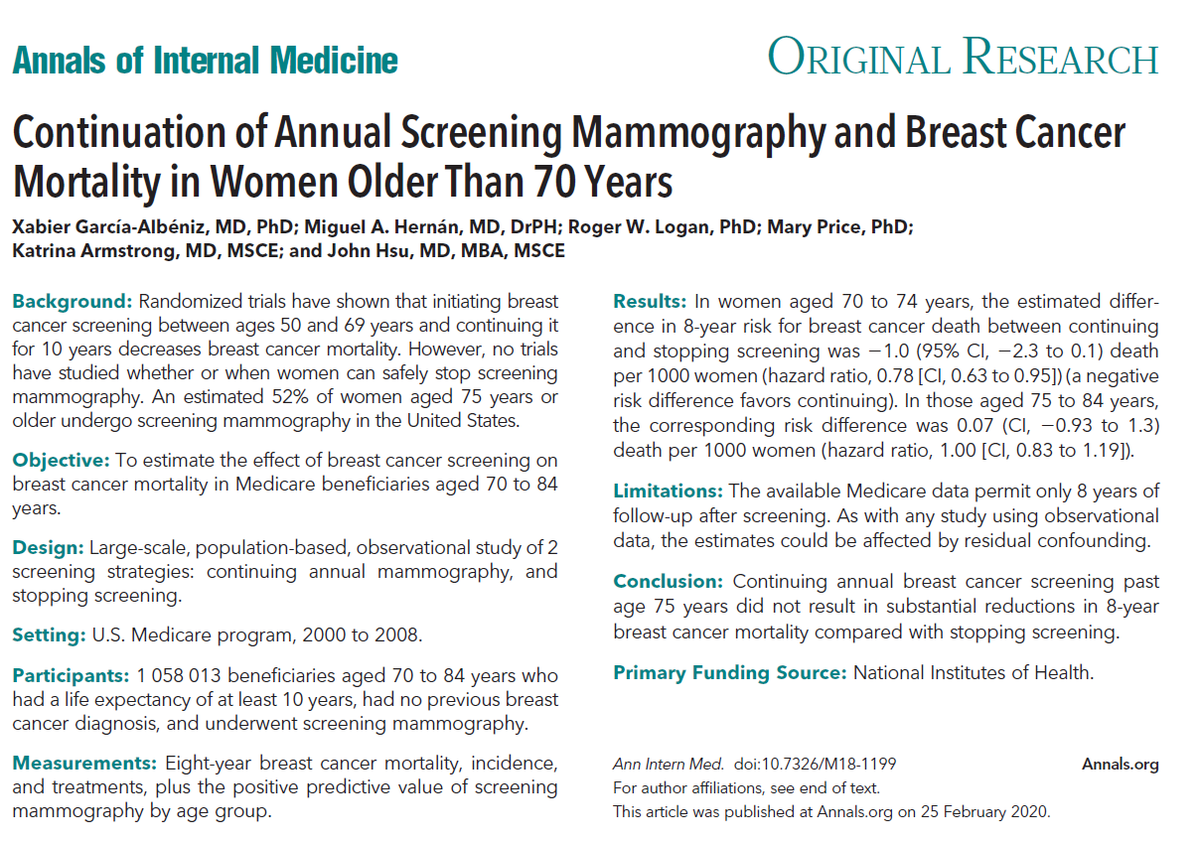
Using health data to learn what works.
Making #causalinference less casual.
Director @CAUSALab | Professor @HarvardChanSPH | Methods Editor @AnnalsofIM
7 subscribers
How to get URL link on X (Twitter) App


 2/
2/https://twitter.com/NEJM/status/15143515520429793402/
https://twitter.com/barbradickerman/status/1466173899712962561?s=202/

 2/
2/
 2/
2/



 2/ The IFR in a population is the ratio of
2/ The IFR in a population is the ratio of
https://twitter.com/covid19_m/status/1326253729864151044?s=20
 2/ Porque:
2/ Porque:
https://twitter.com/covid19_m/status/1308494103370436609
 2/
2/
 2/
2/https://twitter.com/_MiguelHernan/status/1239227279512829953?s=202/ No country has explicitly adopted a #stratifiedlockdown, but many have implicitly defaulted into some version of it.

 That is, individuals on TDF/FTC had about half the risk of #COVID19 hospitalization than those on TAF/FTC or ABC/3TC.
That is, individuals on TDF/FTC had about half the risk of #COVID19 hospitalization than those on TAF/FTC or ABC/3TC.

 @xabieradrian @AnnalsofIM @HarvardEpi @harvard_data @HarvardBiostats @HarvardChanSPH @CMSGov @CMSgovPress @MonganInstitute @MassGeneralNews 2)
@xabieradrian @AnnalsofIM @HarvardEpi @harvard_data @HarvardBiostats @HarvardChanSPH @CMSGov @CMSgovPress @MonganInstitute @MassGeneralNews 2)

 2/
2/



https://twitter.com/mendel_random/status/1001025528101527552Their position: The goal of MR is to "test causality". MR studies aren't designed to yield a valid numerical IV estimate of causal effect. MR studies are designed to answer a yes/no question: Is the causal null hypothesis true?